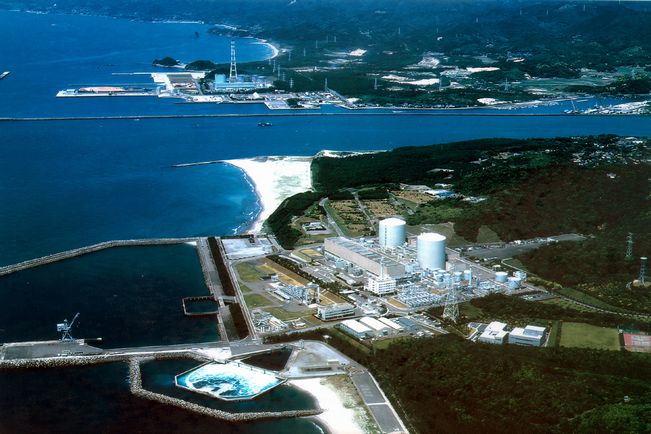

Until the bemused giggles of my Japanese office mates gradually turned into full on screams of fear as everyone tried to duck under the nearest desk. But then the deceptively gentle tremor kept going. It began as a light tremor, something that one becomes oddly accustomed to when living in Japan. CNN reports at least 700 people are missing.īoingBoing has an on-the-ground account of a New Yorker living and working in Tokyo who suggests earlier earthquakes served as a warning: According to Japan's national police agency, more than 215,000 people are taking refuge in emergency shelters in the east and north of the country. In Miyagi prefecture, thousands remain trapped under rubble surrounded by lingering flood waters.įour million Japanese households remain without power as we approach 24 hours since Friday's 8.9 magnitude quake. Kyodo now estimates more than 1,200 are dead or missing. It is not uncommon for scientists to estimate different magnitudes immediately after an earthquake, the Honolulu Star Advertiser reports. The USGS, however, has kept its estimates at 8.9.
#Japanese reactor meltdown update upgrade
This upgrade makes Japan's quake the fourth-most powerful in history. The Pacific Tsunami Warning Center has upgraded Japan's initial 8.9 magnitude quake to 9.1 - declaring the earthquake's power was two times more powerful than initially thought. While we're watching developments concerning uncontrolled nuclear reactors in Japan, this guide of how nuclear power plants work might come in handy for reference. Not sure if that is going to relieve fears.

Japanese officials are urging the public not to panic, saying that a possible meltdown would not affect any humans outside of a six-mile radius of the plant. Certainly not beyond the 3 km radius.”īREAKING NEWS: Fukushima nuke plant might be experiencing nuclear meltdownīREAKING NEWS: Radioactive Cesium detected near Fukushima plant: nuke safety commissionĬesium found outside the plant suggests a reactor may have started melting, as cesium is a byproduct of a nuclear chain reaction. If venting is done carefully, there will be little leakage. Even in the worst-case scenario, that would mean some radioactive leakage and equipment damage, but not an explosion. "Loss of coolant means a temperature rise, but it also will stop the reaction. “No Chernobyl is possible at a light water reactor," he told Al Jazeera. Naoto Sekumura, a professor at the University of Tokyo says such a major radioactive disaster is unlikely. However, people should remember that nuclear technology has come a long way since Chernobyl. "Chernobyl" and "Fukushima" are now trending topics. The Twitter universe is watching the nuclear situation in Japan very closely. Kyodo: "Japanese Prime Minister Kan does not rule out possible radiation leak from Fukushima No 2."Ī TEPCO spokesman told AFP that "we believe the reactor is not melting down or cracking. Kyodo: "Pressure successfully released from Fukushima No. Earlier declaration of emergency at all five plants of concern remains in effect. Kyodo: Following explosion at nuclear plant, evacuation area surrounding Fukushima plants has been expanded to 20km radius. In lighter news, China has confirmed its two giant pandas at the Tokyo Zoo are alive and well. Toyota and other Japanese automakers are expected to suspend all domestic operations on Monday. Kyodo predicts death estimates will soon surpass 1,600. Reuters: Communications Director at World Nuclear Association, says he believes the blast at the power plant was due to hydrogen igniting.


 0 kommentar(er)
0 kommentar(er)
